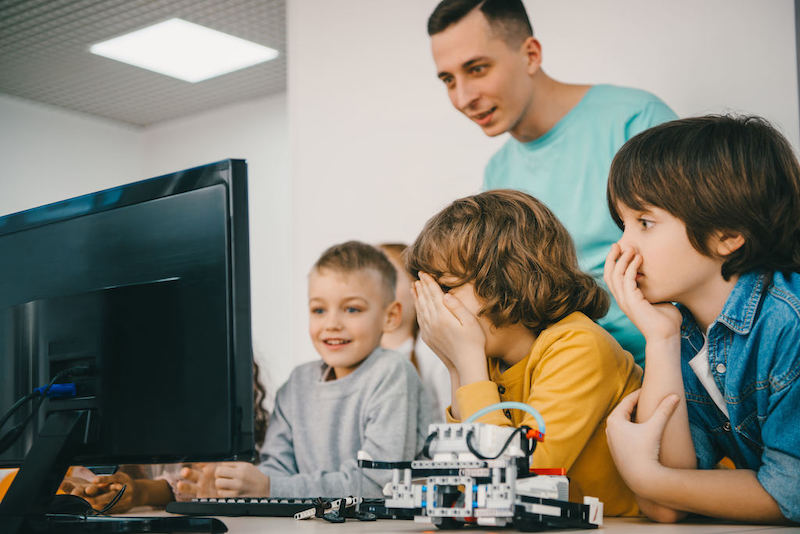The mother of 12-year-old Drayke Hardman told an ABC affiliate news station in Utah that her son was a kind boy who loved to make people laugh.
While his determination to make others happy was evident to his family, the internal turmoil he was struggling with was not quite as noticeable. Drayke died by suicide in early February following reported instances of bullying in school. Now his family is on a mission to raise awareness about the effects of bullying, noting that prevention of aggressive behavior begins at home.
The family’s advocacy is a good reminder that while it’s important to keep lines of communication open with youngsters regarding how they are being treated by others, it is also crucial to offer help and constructive intervention to those who are doing the bullying.
According to Pacer’s National Bullying Prevention Center (NBPC), “children who bully can be affected as much as those they target. Statistically, they are significantly more likely than others to experience school failure, depression, violence, crime, and other problems.”
Whether dealing with the bully or the bullied, their behavior should not be overlooked, and society can come together to offer support for all those involved.
One of the most lingering effects in a child who is being bullied is feeling unsafe. Children who are experiencing bullying are encouraged to seek help from a parent, school official, or another adult. However, according to StopBullying.gov, children will often not ask for help. Therefore, it’s important to watch out for any warning signs, including decreased self-esteem, lost belongings, declining grades, or changes in sleep or eating habits.
“These warning signs can also point to other issues, such as depression or substance abuse. Talking to the child can help identify the root of the problem,” the site notes.
Bullying prevention programs in schools are necessary in order to help all individuals. Having access to information from an organized program can help detail procedures in bullying cases as well as unify prevention efforts going forward.
Perhaps one of the most effective ways to prevent bullying is by addressing the needs of everyone involved – including the bully.
Bullying is a behavior, not an identity, and an important distinction to keep in mind when addressing the situation. Labeling someone as a bully can imply that the behavior cannot be changed, says the NBPC. Nonetheless, this behavior can serve as an indicator of contributing factors the child may be experiencing.
Experts agree that one of the most common reasons children bully others is due to undeveloped social skills. The American Psychological Association (APA) reports adolescents who struggle with social problem-solving skills are more at risk of being bullied or being the bully, or both.
The APA notes that a child who is both the bully and is being bullied has a negative self-image as well as a negative attitude towards others. The lead author of the study, Clayton R. Cook, PhD, of Louisiana State University, argues that the solution is stopping the cycle before it begins.
“Behavioral parent training could be used at home while building good peer relationships and problem-solving skills could be offered in school, along with academic help for those having trouble in this area,” Cook notes.
Likewise, an article published in Psychological Today written by psychologist J. Stuart Ablon challenges school officials, parents, and other adults to not only take care of the needs of a child who is being bullied but to also consider ways in which they can help the aggressor.
To accomplish this, Ablon suggests that adults not rely on punishment to “change” the behavior of a child who bullies.
“Research actually tells us that students who are aggressive or defiant are actually doing the best they can with the skills they have,” he wrote. “Students who bully lack the skills they would need to attain status and attention in adaptive ways – skills like emotion regulation, self-regulation, communication skills, and social thinking.”
While there should be consequences for children who harm others, consequences alone won’t change the behavior in the future. Instead, Ablon said, going the extra step by teaching those skills can make a significant difference.
“Bullies lack the skill, not the will, to behave better,” he adds. “Ironically, it is only by having compassion towards the bullies that we best help students avoid becoming victims in the future.”







